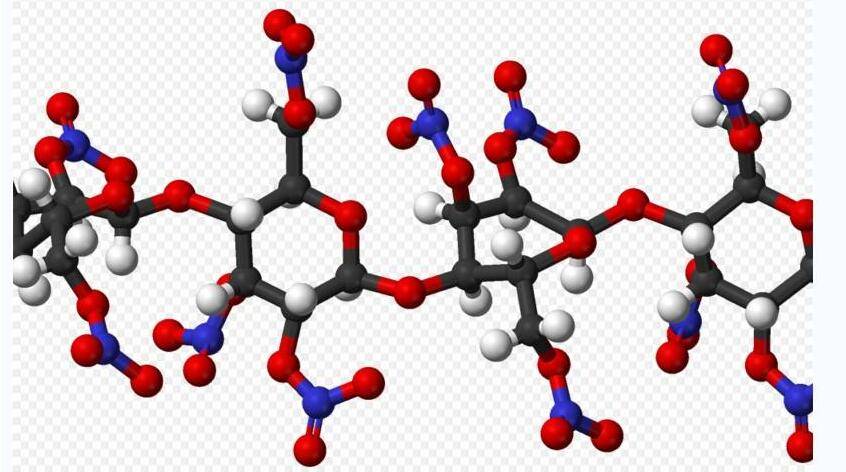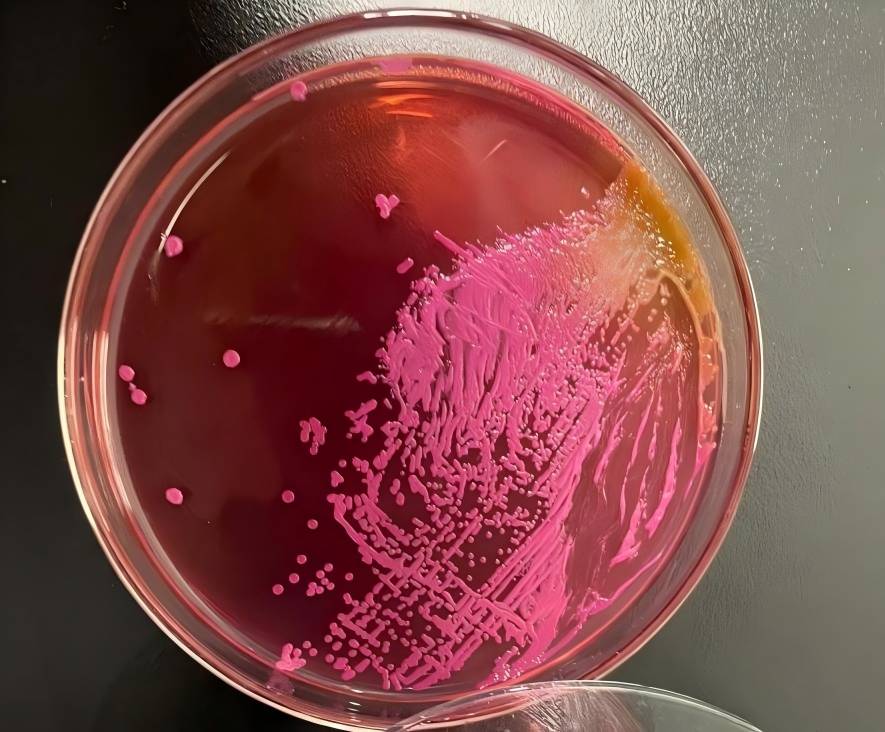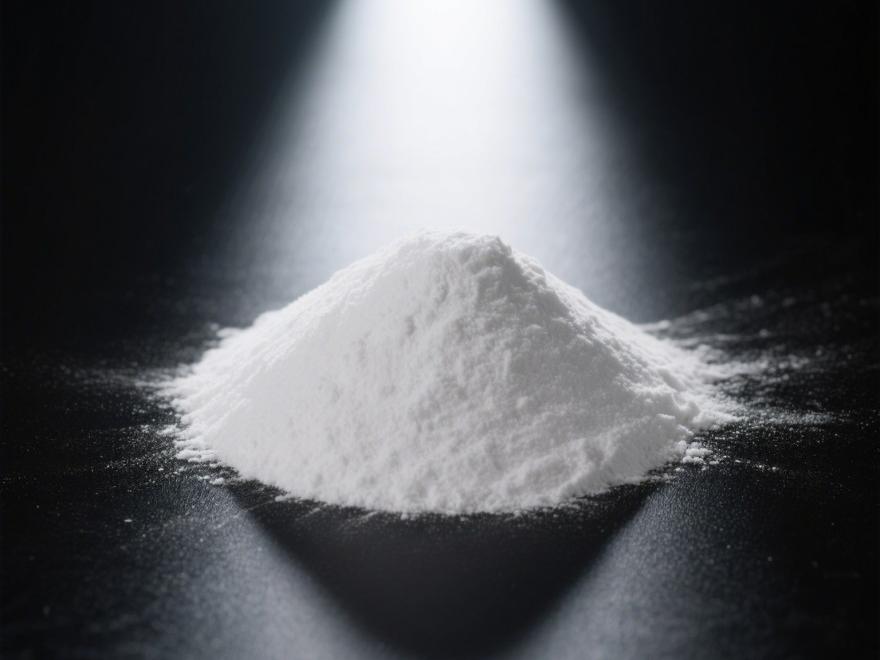Fermented D Mannose Raw Materials Contribute to Healthy Products
D mannose is a natural hexose monosaccharide widely found in various fruits such as citrus, peaches, and apples. It is also a structural component of plant polysaccharides such as pectin and galactomannan. As a low-calorie sweetener, D-mannose is increasingly favoured in the food and health supplement industries due to its refreshing sweetness and natural origin.
Currently, the production of D mannose primarily employs processes such as plant extraction, chemical synthesis, and bioconversion (enzymatic methods). Among these, bioconversion stands out as a more promising green production process due to its advantages of mild reaction conditions, high selectivity, minimal by-products, and environmental friendliness.
This method uses stable sources of fructose or glucose as raw materials, enabling efficient conversion under mild conditions. It is particularly suitable for large-scale production and the preparation of high-purity products, better meeting the global market's growing demands for natural ingredients in terms of quality, safety, and compliance. Green Spring Technology employs advanced biocatalytic enzyme technology to produce high-purity D mannose, with product purity exceeding 99%, and excellent stability and solubility.
We are committed to providing high-quality, compliant, and reliable natural ingredient solutions for customers in the functional food, beverage, and dietary supplement industries, helping them create next-generation health products.
If you are looking for a stable supply of D mannose powder ingredient that are cost-effective and sustainable, please contact Green Spring Technology for product information and technical cooperation solutions.
1 Production Process of D mannose
As a high-value functional ingredient, the production process of D mannose is continuously being optimised and upgraded. Currently, the mainstream production methods include plant extraction, chemical synthesis, and bioconversion. In the past, commercialised D mannose primarily relied on plant extraction or chemical synthesis pathways. However, due to limitations such as raw material supply, high energy consumption, multiple by-products, and complex purification processes, the industry is gradually shifting towards more efficient and environmentally friendly bioconversion technologies.
1.1 Plant extraction method
The plant extraction method typically uses natural raw materials such as palm kernel and coffee grounds to extract D mannose through hydrolysis, filtration, and purification steps. The advantages of this process include natural raw materials and controllable costs, making it suitable for industrial production at a certain scale. However, the reaction typically requires high temperatures and strong acid-base conditions, resulting in high energy consumption and environmental pressures. Additionally, the availability of plant-based raw materials is susceptible to regional and seasonal fluctuations, posing significant challenges to supply chain stability.
1.2 Chemical Synthesis Method
The chemical synthesis method typically uses glucose as the raw material, generating D-mannose through catalytic isomerisation reactions under high-temperature and specific pH conditions. While this method offers stable raw materials, it requires stringent reaction conditions, produces significant by-products, and involves high separation and purification costs, presenting ongoing challenges for industrial application.

1.3 Enzymatic Method
The enzymatic method uses D-fructose or D-glucose as raw materials and converts them into D-mannose through enzymatic reactions. The enzymatic method (bioconversion method), with its green and efficient characteristics, is emerging as a more promising industrialisation pathway. This method uses fructose or glucose as substrates and, under mild temperature and pH conditions, catalyzes the conversion of D-mannose through specific enzymes (such as D-mannose isomerase). The enzymatic reaction has mild reaction conditions, low energy consumption, environmental friendliness, minimal by-products, and is easier for subsequent separation and purification, making it suitable for large-scale continuous production.
Green Spring Technology employs advanced enzyme engineering technology to optimise the bioconversion process, significantly improving conversion efficiency and product purity. We are committed to providing customers with high-purity, high-quality D-mannose raw materials, ensuring batch consistency and supply stability. With our green production process and continuous technological innovation, Green Spring Technology can help customers develop more competitive products in functional foods, health supplements, and other fields, jointly promoting the sustainable development of health ingredients.

2 Outlook
As a highly sought-after natural raw material, D mannose has seen expanding applications in the food and health supplement industries in recent years. With ongoing research and advancements in production technology, enzymatic methods, due to their green, efficient, and sustainable characteristics, have emerged as the preferred route for D mannose production, enabling this natural raw material to unlock its full potential in innovative products.
In the future, with the increasing market demand for functional health ingredients, D mannose is expected to demonstrate broader application prospects in multiple fields such as dietary supplements and functional foods.
Green Spring Technology, as a reliable supplier of D mannose raw materials, produces high-purity D mannose powder using natural fermentation technology. Our products comply with FDA, multiple pharmacopoeia standards, and ISO quality management system requirements, strictly ensuring that impurity and solvent residue levels meet international food safety regulations.
We are committed to providing customers with stable, compliant, and high-quality raw material solutions to support efficient product development and production, accelerating product launch timelines.
For samples, technical documents, or customised services, please contact us at helen@greenspringbio.com or WhatsApp: +86 13649243917. We will provide you with professional and comprehensive supply chain support.

Reference:
[1]FENG D, SHI B, BI F, et al. Elevated serum mannose levels as a marker of polycystic ovary syndrome[J]. Frontiers in Endocrino- logy,2019,10:711.
[2]TENG B W. Preparation of mannose and its functional health function[J]. Light Industrial Science and Technol- ogy,2014(7):67−68.
[3[LIU D R. Study on the prognostic value of mannose receptor and mirNA-1260B ingastroin- testinal tumors[D]. Lanzhou: Lanzhou University, 2017.
[4]MEI X. Experimental study on the effect of sinomenine on man- nose receptor expression and related antibodies in rats with rheuma- toid arthritis[D]. Chengdu: Chengdu University of Traditional Chi- nese Medicine, 2014.
[5]HUANG C R, LI T P, WANG J, et al. Expression and clinical significance of serum soluble mannose receptor in pa- tients with hepatocellular carcinoma[J]. Journal of Anhui Medical University,2021,56(7):1127−1131.
[6[LU G S, SONG B, JIN X Y. Research progress on the defense mechanism of urinary tract infection[J]. Journal of Third Military Medical University,2000,22( 11):1116−1118.
[7]YI J Y, WANG Y Y, LIU X P, et al. Effect of mannose on the proliferation of breast cancer cells and chemotherapeutic sensitivityof epirubicin[J]. Journal of Qingdong University: Med,2020,57(3):350−355.
[8[MUSSATTO S I, CARNEIRO L M, SILVA J P A, et al. A study on chemical constituents and sugars extraction from spent co- ffee grounds[J]. Carbohydrate Polymers,2011,83(2):368−374.
[9[WANG B. Chemical characterization and Ameliorating effect of polysaccharide from Chinese jujube on intestine oxidative injury by ischemia and reperfusion[J]. International Journal of Biological Macromolecules,2011,48(3):386−391.
-
Prev
Natural Ingredient D Mannose Powder: A Scientifically Proven Solution for Urinary Health
-
Next
Natural Ingredient D Mannose Empowering Food, Beverages and Animal Nutrition


 English
English French
French Spanish
Spanish Russian
Russian Korean
Korean Japanese
Japanese




